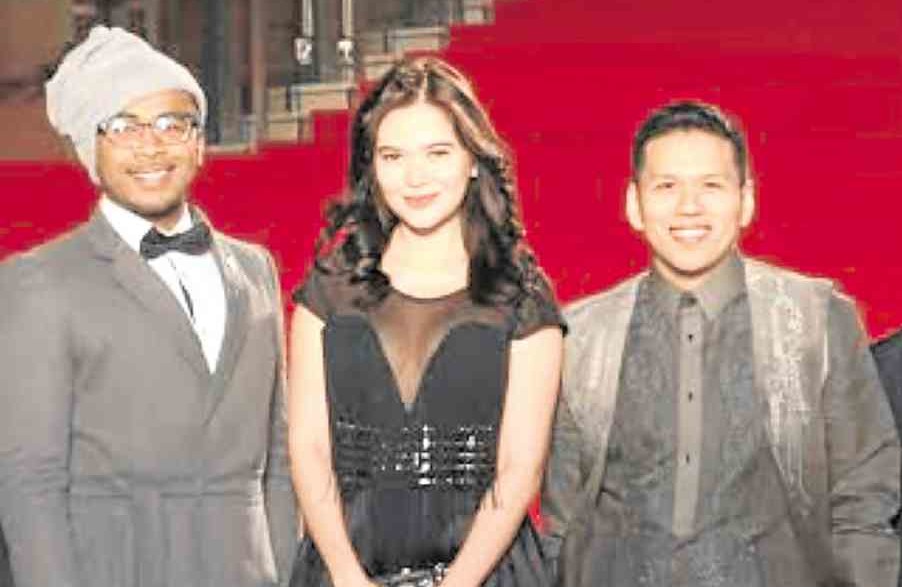What struck young filmmaker Ivan Andrew Payawal about the Amerasians he had interviewed for his Cinemalaya 2016 entry, “I America,” was how diverse they were.
Despite their differences in skin, hair and eye color, they were somehow united by a common bond, he explained.
The Amerasians he had met in Olongapo had a strong sense of community, he observed.
“Although they grew up not knowing their fathers, they have a solid concept of family,” he pointed out. “Different faces and points of view, but when they’re all together, you get a sense of equality—that race and gender don’t separate them.”
He first stumbled upon the Amerasian issue in an online article and quickly realized that their story was a “journey of self-discovery.”
He wanted to show that everyone goes through the same problems. He remarked, “We are not alone in this struggle. If we make peace with who we truly are, life would be so much easier to endure.”
“I America,” which recently had a commercial run in the Philippines, is competing in the Asian Future section of the 29th Tokyo International Film Festival, which is ongoing until Nov. 3. (It is vying for top honors with another Filipino film, Mikhail Red’s “Birdshot.”)
“Being selected is such a big honor,” he told the Inquirer. “I admit that we all want to bring home an award for our country, but that’s just a bonus.”
Icing on the cake, so to speak. “We already feel like winners, just to be screened alongside other amazing films from all over Asia and the world.”
Blessed
He feels “blessed” that he gets to attend an A-list festival like Tokyo with his sophomore movie. (His directorial debut was “The Comeback,” an entry in the Cinema One Originals fest last year.)
Making the Tokyo fest more meaningful for Payawal is the fact that his teacher Jun Robles Lana has a film, “Die Beautiful,” in the main tilt, as well.
“He’s an inspiration to me,” Payawal said of Lana. “Sharing this experience with my mentor and friend is a full-circle moment for me.”
He feels certain that foreign audiences will be able to relate with “I America” because of its universal themes: “The search for identity, family and acceptance.”
“We may have different journeys in life, but our destination is the same. We all want the same thing in the end. We all want to be loved and accepted, but we should learn to love and accept ourselves first,” he said. “I hope this message will resonate with foreigners, despite the differences in language and culture.”
He feels it’s important to share the Amerasians’ story not just in Japan but in other parts of the world.
Stories
“Every filmmaker dreams of sharing his or her story all over the world,” he noted. “I make movies to tell stories and hopefully connect with other people. Stories need to be told and shared.”
He is raring to join other international film festivals after Tokyo.
“We were lucky that we got to share our story with Filipinos before joining a festival abroad,” he quipped.
His film’s commercial run taught him the importance of “marketing.”
“It’s hard to make a film, but it’s even harder to market it,” he owned up. “You need to be financially prepared for it. It takes a lot of money to promote a movie.”
If you don’t have the budget for a massive promotional campaign, then you have to be “innovative,” he said.
Fortunately, his film topbills a mainstream star, Bela Padilla, who’s active in social media, and he had the support of a major firm, Viva Films, which distributed “I America” in local cinemas. “We were able to reach audiences outside of Cinemalaya.”
